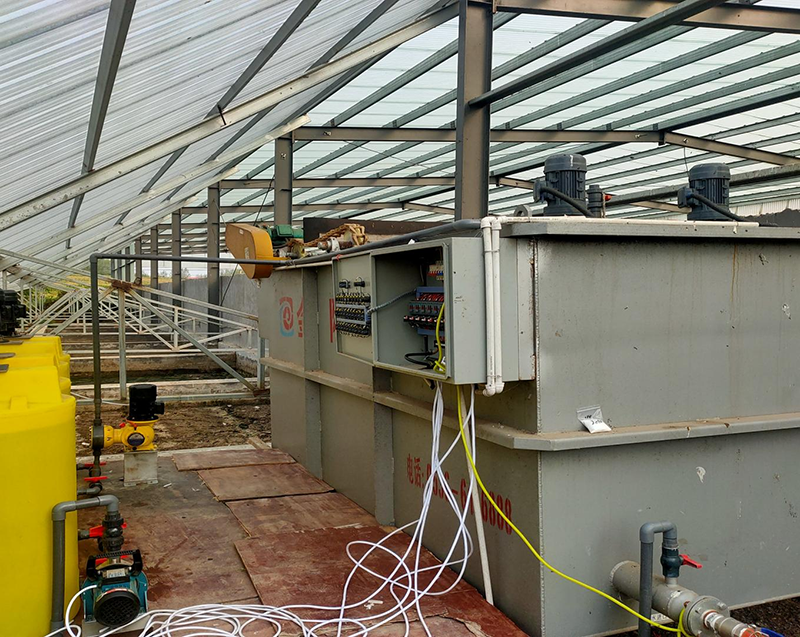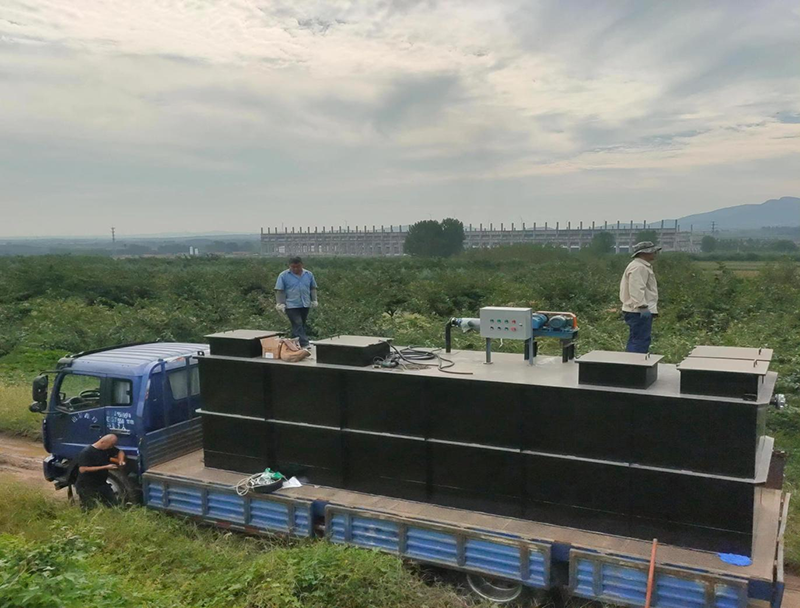The wastewater from the breeding farm mainly comes from the feces and urine excreted by animals and the wastewater discharged from the breeding area. Wastewater contains a large amount of organic matter, nitrogen, phosphorus, suspended solids, and pathogenic bacteria, which produce a foul odor and have a great impact on environmental quality. It must be treated. Due to the difference between wastewater treatment in aquaculture farms and industrial wastewater treatment, the low economic benefits of aquaculture farms limit the investment amount in wastewater treatment, which requires less investment, good treatment efficiency, the ability to recover some resources, and certain economic benefits. The sewage treatment in aquaculture farms usually does not only use one treatment method, but also needs to combine several treatment methods and equipment to form a set of sewage treatment processes based on the social and natural conditions of the region, as well as the nature, scale, production process, quantity and quality of sewage, purification degree and utilization direction of the aquaculture farm.
The characteristics of wastewater from aquaculture farms include high concentration of organic matter, high suspended solids, deep color, and a large amount of bacteria. Due to the presence of a large amount of animal feces and urine, the concentration of NH-N is very high. The pollutants in wastewater mainly exist in the form of solid and dissolved carbohydrates, resulting in high levels of BOD5, CODcr, SS, and chromaticity. The pollutants have good biodegradability, and in addition, wastewater contains a large amount of nutrients such as N and P.
Design principles for sewage treatment equipment in aquaculture farms
1. The sewage treatment process technology is reliable, the operating cost is low, the investment is reasonable, and the aquaculture sewage treatment equipment is advanced and reliable;
2. The process design of aquaculture wastewater treatment equipment has good resistance to impact loads and operational flexibility;
3. The overall layout of the aquaculture wastewater treatment equipment is simple, reasonable, and aesthetically pleasing, in compliance with relevant national regulations on greening, environmental protection, and fire protection;
4. The power equipment adopts advanced equipment to ensure long-term stable operation;
5. Taking into account specific site conditions, the design should consider the layout of equipment and structures and their reasonable elevation distribution, while also considering the use of high-efficiency equipment to minimize land occupation;
Equipment advantages
1. The integrated aquaculture wastewater treatment equipment is composed of one or more units connected and combined on site, with small volume, light weight, easy transportation, and easy installation;
2. The anti-corrosion structure of carbon steel and stainless steel is adopted, with excellent characteristics of corrosion resistance and aging resistance, and the service life is more than 20 years;
3. Save land and eliminate the need for building, heating, and insulation. Maximizing device integration and reducing footprint;
4. No pollution, no odor, reducing secondary pollution;
5. Not limited by the amount of wastewater collected, it is flexible and can be used individually or in combination with multiple devices.
6. The entire processing equipment is equipped with automatic control units and fault alarm devices, which operate safely and reliably. Generally, there is no need for dedicated personnel to manage it, and only timely maintenance and upkeep of the equipment is required, with low management costs.


Post time: Nov-28-2023